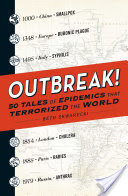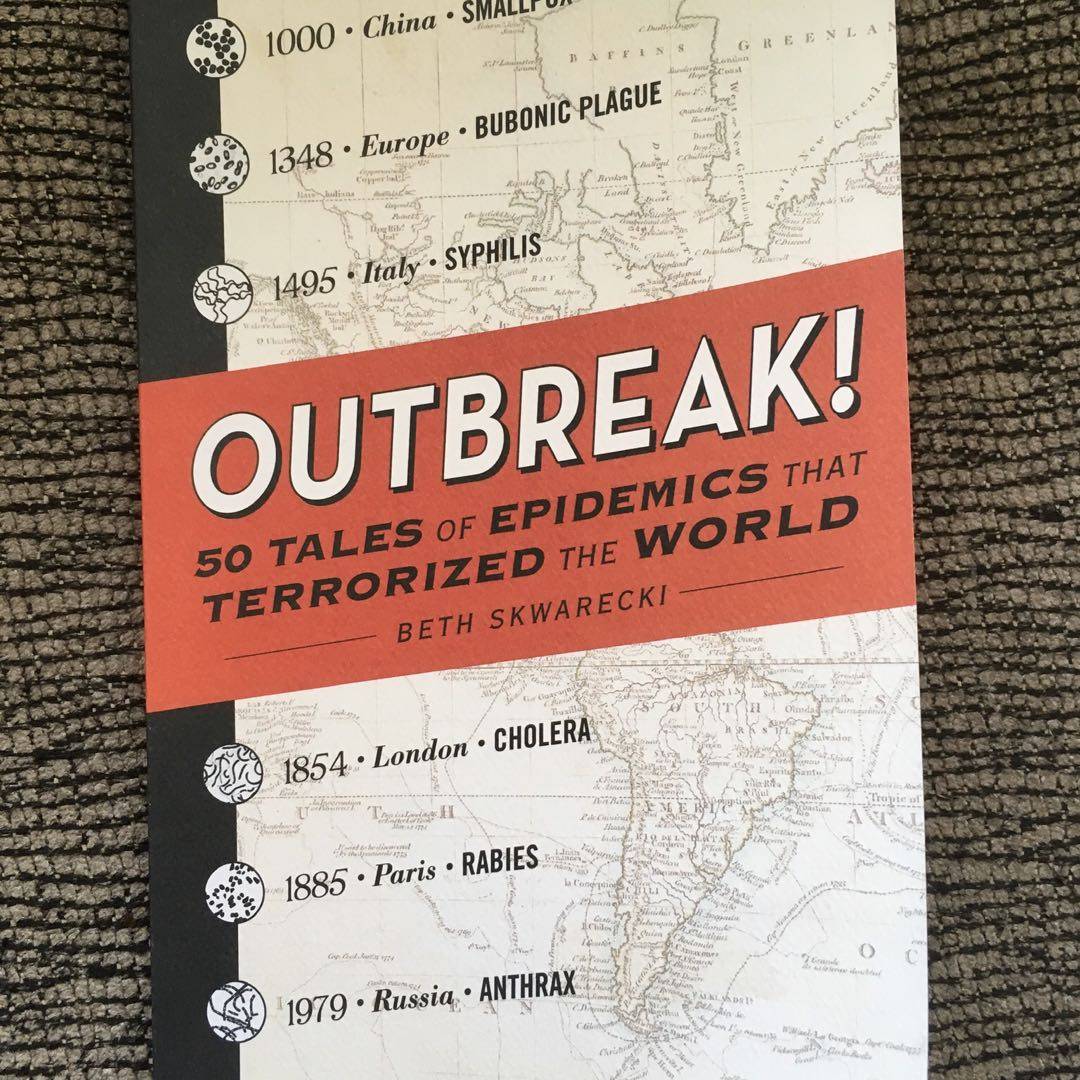
The title says it all. Skwarecki devotes a few pages each to 50 different epidemics through the centuries, from leprosy in the 12th century, to the seemingly endless rounds of smallpox, to Ebola more recently. And a haunting line about coronaviruses in the SARS chapter.
Anyway, a good overview of myriad plagues and epidemics across history without bogging the reader down on any single one.




















